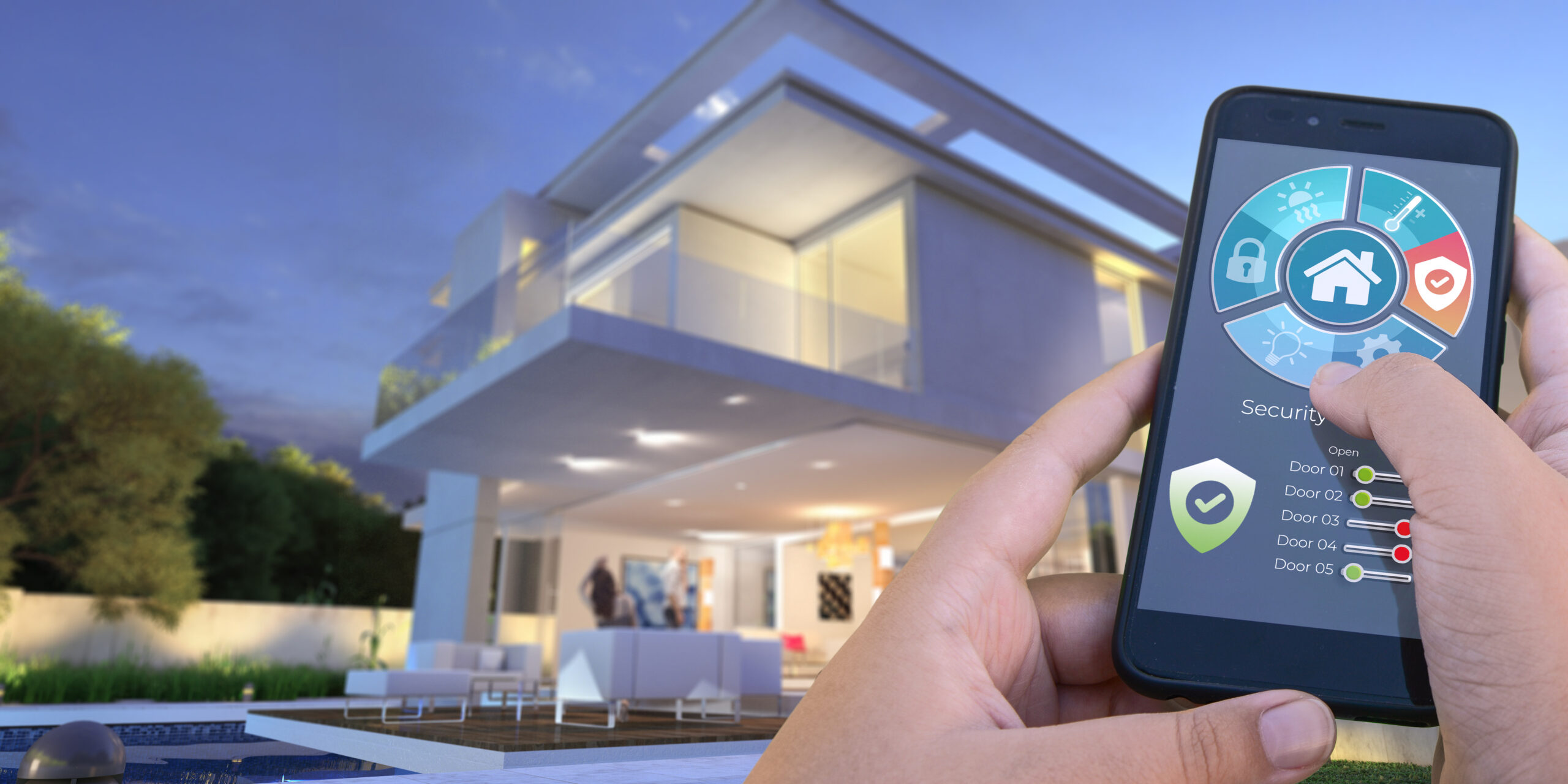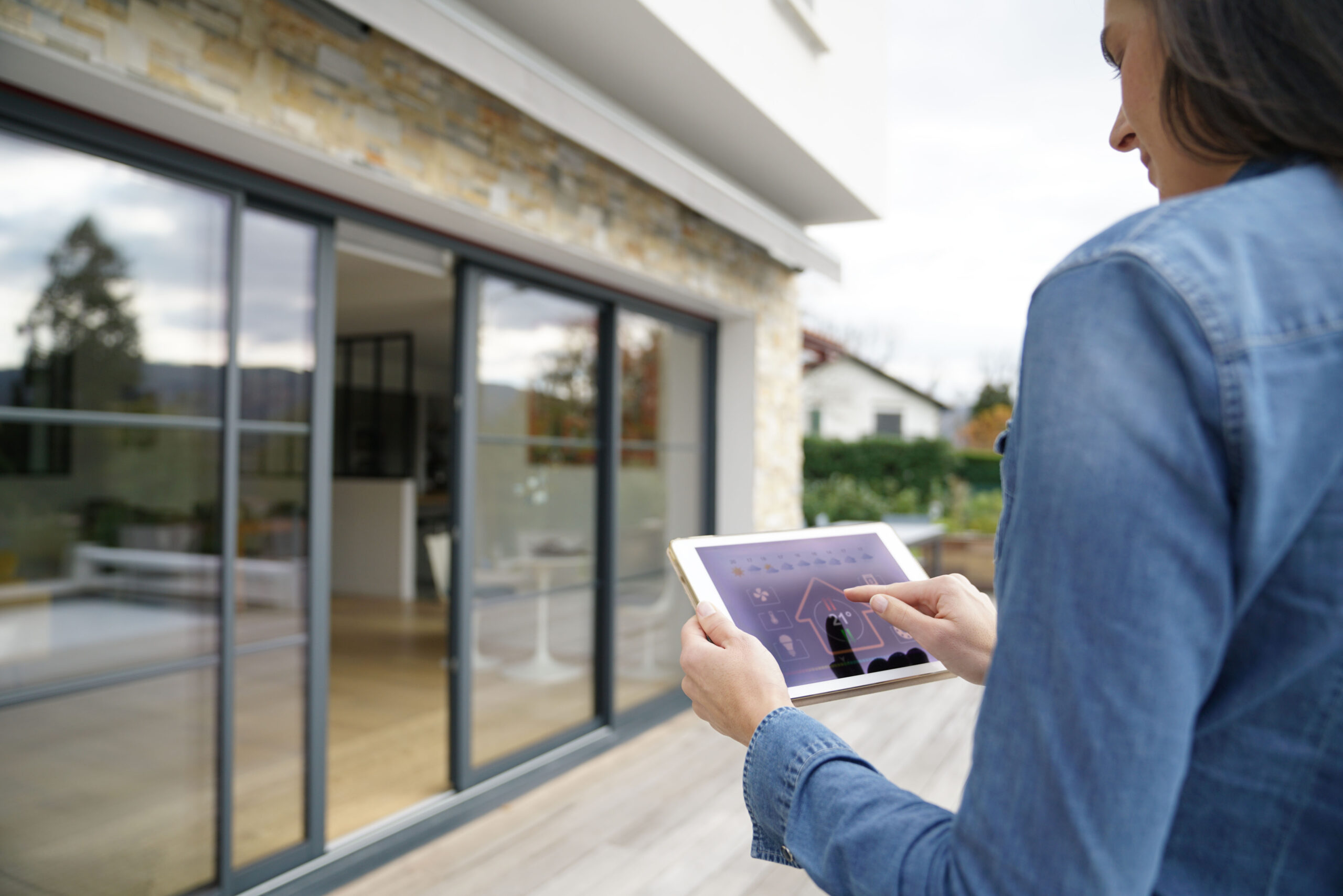
How Smart Homes Are Affecting Architectural Design
“Smart homes” are a new concept in design, but they’re becoming increasingly popular. Smart homes have the technology, such as WiFi and intelligent TVs. The idea is that you can control these appliances using an app on your phone or even through voice commands.
One of the most exciting things about smart homes is that they can be customised for your lifestyle. For example, if you’re a morning person but your partner is a night owl, you can program your smart home to turn on the lights and make coffee in the morning (or vice versa). You can also program certain “scenes” — like dinner time or date night — so that everything in your house turns on automatically when it’s time for a special event.
Did You Know Architects Are Designing Smart Homes?
Architects are using innovative home technology to create better spaces for their clients by making them more functional, secure and comfortable. Here are some ways that architects in North London are integrating smart home tech into architectural design:
The smart home is a home that has been outfitted with technology that allows users to control various aspects of their home from an app or other device. The main goal of innovative home technology is to make everyday tasks easier for homeowners. With the proper setup, homeowners can control lights, heating and cooling systems, televisions and other appliances from anywhere in the world.
Smart homes have many benefits for homeowners, including convenience and security. For example, users can control their thermostat from their phone if they are away from home during the winter or if they want to turn off lights before leaving the house at night. In addition to saving energy costs, smart thermostats can help reduce pollution caused by using energy when it’s not needed.

Have You Considered A Smart Home
Home automation allows for seamless control of all aspects of the home from anywhere in the world. This means that you won’t need to worry about turning off lights or locking doors when you leave the house — everything will be done automatically by an app on your phone or tablet!
Smart homes can help save energy and water by automatically adjusting temperatures and lighting based on who is home at any time or night. They can also help reduce waste by recycling more efficiently or limiting food spoilage with sensors that tell you when your product has gone wrong before you get around to eating them.
Smart homes make it easier to entertain guests and family members who may not be able to get around quickly or at all. With voice-activated lighting and temperature control, it’s easy for users to create a welcoming environment for guests who arrive at any time of day or night without having to worry about waking up someone trying to sleep or making sure they don’t freeze if they forget to turn down the temperature before they leave home.
Smart homes make a living easier with young children or pets since they can be programmed with child-safe features that help protect your loved ones while at home alone (or with you). You can also use geofencing technology to know when your child arrives home from school without having to call them every day during their commute — or have them call you whenever they go out on their own.
Architects Can Now Configure Spaces Through Technology
With the advent of intelligent home systems, it has become possible for your chosen architects to create spaces that can be configured to suit various needs and situations. For example, a kitchen might have one side designated as a dining area while another could be used as an office space.
A bedroom could be set up with bedside tables on either side of the bed and then quickly reconfigured into an office when needed. Another example would have multiple seating areas throughout your home to quickly change how many people are present at any given time.
As more devices connect to the internet, there will be a greater need for connectivity throughout all home parts. This means that architects must consider how their designs will support WiFi and cellular signals connecting everything from refrigerators to thermostats and doorbells.
Connectivity also means that devices need power sources, which must be considered when designing these spaces.

Choose Detailed Planning Today For All Your Architectural Needs
While there are still some sceptics, the trend of smart homes will only continue. This means that architects and home builders need to start paying attention to how their designs will accommodate traditional needs like storage and living space and the ever-growing demand for technology in the home.
If you’re looking for help designing an intelligent home or want to learn more about how they’re affecting architectural design, contact Detailed Planning today. We’d be happy to chat with you about your project and see how we can help make your dream home a reality.
Our team can provide house extensions and internal alterations; all carried out with our planning consultants.



